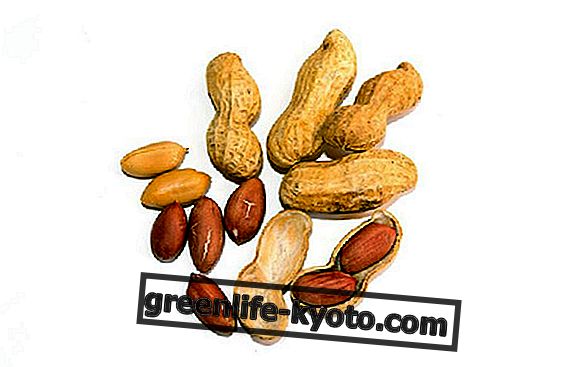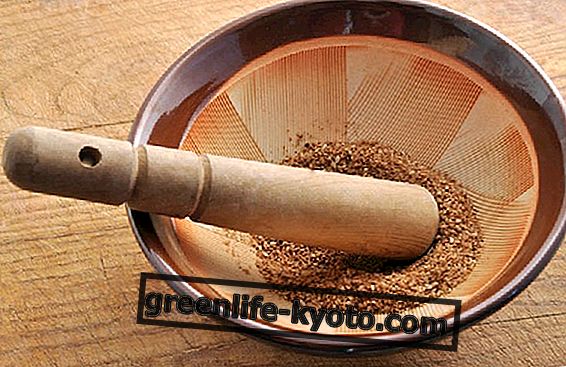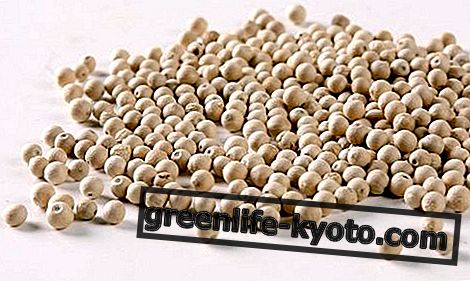
Omega 3: what they are and what they are for
Omega -3s are a series of fatty acids naturally present in some foods. They are essential fatty acids necessary for normal cellular function.
The omega 3 must be introduced through the diet, since our body is not able to synthesize them starting from other food sources.
Omega 3 fatty acids are called good fats, because they help keep the whole body healthy: they are used to balance the level of cholesterol in the blood, they are powerful anti-inflammatories, they contribute to cell regeneration.
Effects of omega 3 on skin health
Dry skin is one of the most striking symptoms of a suffering of the whole organism.
Not always the cause is only a lack of water introduced with the diet, but also an inability of the skin to maintain hydration and regenerate its cells, through the production of collagen.
The omega 3s are able to preserve the health and beauty of the skin, since they are able to protect it from the aggression of external agents, such as ultraviolet rays, wind and pollutants.
One of the symptoms of omega 3 deficiency is dry skin: therefore, the intake of foods or supplements rich in these fatty acids can improve the skin's hydrolipidic film.
Omega 3: where they are
There are several omega-3 supplements on the market. But the optimal source of these essential nutrients is nutrition : each food, in fact, has, in its uniqueness and entirety, a mix of substances that are synergistically assimilated by the body and used ideally. This is more difficult with supplements.
In addition, the main sources of omega 3 on the market derive from animal sources, since the vegetable omega 3 are more sensitive to extraction processes: an example is flaxseed oil, which must be cold extracted and stored at low temperatures, to avoid easy rancidity.
Finally many foods containing appreciable quantities of omega 3 also have an optimal amount of omega6 : taking both in the right proportions, without unbalancing the presence in favor of the ones rather than the others, allows to get the best from these important healthy fatty acids.
The excess of omega 6 fatty acids can in fact inhibit the absorption of omega 3s .
However, it is easy to implement the introduction of vegetable-derived omega 3 with food.
The foods with the highest quantity of omega 3 available are chia seeds, flax seeds, which must be crushed in order to make the nutrients available, the related oils extracted cold and used without being cooked, cruciferous oils, cauliflowers in particular, spinach, blanched for a few minutes in a little hot water, fish such as mackerel and salmon, and whole eggs .
Dried fruit, walnuts, almonds, and hazelnuts also make good quantities of omega 3 fats, as well as kombu algae, and avocado and red fruits.













